Arming Ukraine
Thanks to weapons from the U.S. and other NATO allies, Ukraine is regaining territory from Russia’s army
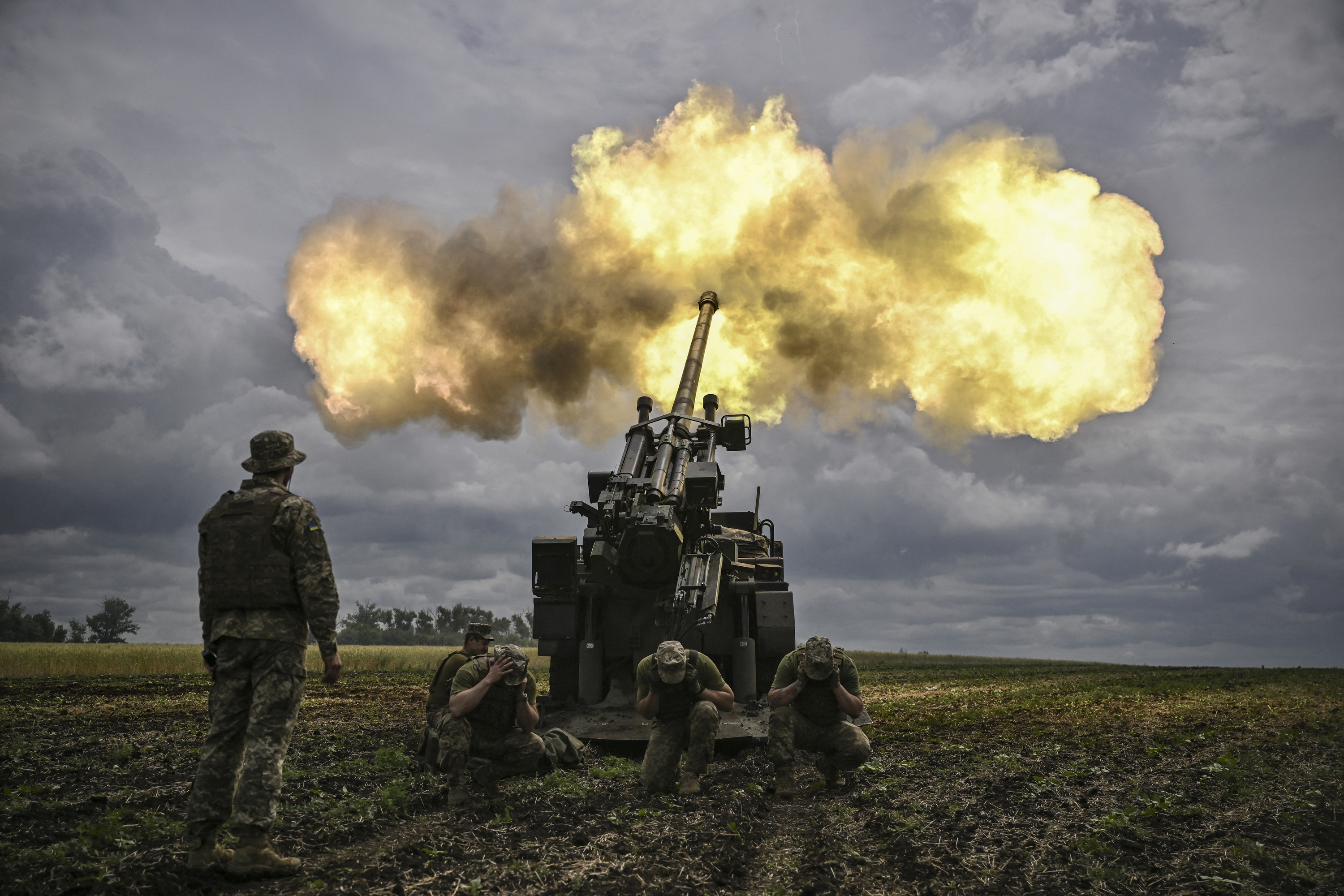
Thanks to weapons from the U.S. and other NATO allies, Ukraine is regaining territory from Russia's army. Here's everything you need to know:
How much has Ukraine received?
More military aid than the U.S. has committed to another country in a single year since the Vietnam War. Since Russia's Feb. 24 invasion, the U.S. has provided $17 billion in military support and another $50 billion in humanitarian and economic aid. About 50 nations have contributed weapons, but the U.S. leads the way by far, spending roughly twice as much as all European Union countries combined. The weapons provided include anti-tank missile launchers such as the Javelin, shoulder-fired anti-aircraft missiles, 1.5 million artillery shells, tanks and other armored vehicles, body armor, radar systems, and other cutting-edge war-fighting supplies. That defense funding — augmented by U.S. intelligence's precise targeting of Russian artillery, command posts, and ammunition depots — has enabled Ukraine's forces to launch an astonishingly successful counteroffensive, with an estimated 80,000 to 100,000 Russian troops killed or wounded and 80 percent of its tanks captured or destroyed. As it fights to regain more Russian-occupied territory, Ukraine is pleading for additional aid. Last week, Defense Secretary Lloyd Austin vowed that U.S. arms support would continue throughout "the difficult weeks, months, and years ahead."
How have other allies contributed?
Generously, with some notable exceptions. The U.K. has pledged the second-most military aid, at $5.2 billion, followed by Poland, Germany, and Canada. Non-NATO members South Korea and Australia have made significant contributions, with South Korea's formidable weapons sector supplying ballistic vests, helmets, and medical equipment. Germany, which has been cautious in supplying weapons, recently delivered the first of four state-of-the-art IRIS-T air-defense systems, which are capable of protecting an entire city by intercepting approaching missiles. Other allies have been stingier. France ranks 13th in supplying military aid to Ukraine, behind Estonia and the Czech Republic. Israel has drawn criticism for refusing to share its legendary Iron Dome rocket defense system, reportedly because it depends on Russia's strategic cooperation in the fight against Islamist militant groups in Syria. "I don't know what happened to Israel," Ukrainian President Volodymyr Zelensky said last month. "I am in shock."
The Week
Escape your echo chamber. Get the facts behind the news, plus analysis from multiple perspectives.

Sign up for The Week's Free Newsletters
From our morning news briefing to a weekly Good News Newsletter, get the best of The Week delivered directly to your inbox.
From our morning news briefing to a weekly Good News Newsletter, get the best of The Week delivered directly to your inbox.
What's been most effective?
The war in Ukraine is a grueling artillery fight, and several American-made weapons have turned the tables after Ukraine was, at first, perilously outgunned. The U.S. has sent about 8,500 of Raytheon's shoulder-fired Javelin missiles, which have been remarkably effective against Russian tanks. After catastrophic losses, Russia has been forced to deploy T-62 tanks, which Moscow mothballed nearly 50 years ago. Another game changer has been the Lockheed Martin-made High Mobility Artillery Rocket System (HIMARS). The U.S. sent Ukraine 16 HIMARS launchers, which have been used to hit 400-plus high-value Russian targets far behind the front lines. A HIMARS fires a 200-pound rocket up to 50 miles, using satellite guidance to strike within 10 feet of the target. The weapon requires moderate levels of training, is operated by just three soldiers, and can be moved quickly ahead of counterattacks.
What does Ukraine want now?
Air-defense systems, which Zelensky last week called Ukraine's "No. 1 priority." The urgent call came in response to dozens of deadly cruise missile and drone attacks launched by Russia on civilian populations and infrastructure. The U.S. promised to supply two National Advanced Surface-to-Air Missile System (NASAMS) batteries in July, and now says they'll arrive in the coming months, with six more coming later. "I don't know what the excuses are," said Ukrainian lawmaker Oleksandra Ustinova, "but it costs lives for Ukrainians." Ukraine is also seeking U.S. Army Tactical Missile Systems (ATACMS), which can hit targets 140 miles farther away than HIMARS can.
Why hasn't the U.S. delivered?
The White House has been reluctant to supply weapons that could be seen as offensive. "We are not going to send to Ukraine rocket systems that can strike into Russia," President Biden said in May. That also explains why the U.S. has resisted providing Ukraine with F-15 or F-16 fighter jets or Gray Eagle drones. Last month, the Russian Foreign Ministry said that if the U.S. supplied Ukraine with longer-range missiles, it would cross a "red line" and become "a party to the conflict," which potentially could prompt a Russian attack on a NATO member and lead to a major escalation.
Is this level of aid sustainable?
European allies say ongoing weapons support for Ukraine threatens their own military readiness, and even the U.S. is pushing its limits. The U.S. produces about 30,000 rounds for the 155-millimeter howitzer per year, and Ukrainian soldiers have been using about that much every two weeks. As a result, Ukraine has begun using the 105 mm howitzer, which has a smaller payload and shorter range. Additional promised HIMARS and NASAMS will take months or years to manufacture. Ukrainian leaders say their most pressing needs remain defensive, such as ATACMS to hit Russian air bases in southern Ukraine that are launching Iranian-made drones targeting playgrounds, parks, apartment houses, and power plants. "We know where the drones are coming from," Ustinova said. "We just can't reach them."
A free daily email with the biggest news stories of the day – and the best features from TheWeek.com
Relying on Soviet-era weapons
The Ukrainian military, trained to use Soviet-era weapons and vehicles, has only recently begun transitioning to a NATO-standard arsenal. For now, however, Ukraine is still desperate for more Russian-made supplies, such as ammunition for the AK-47 assault rifle, but global supplies are dwindling. The U.S. State Department has scrounged stockpiles around the world, making appeals to countries such as Cambodia, Mexico, Rwanda, and Peru. Many Eastern European countries are chipping in, with Finland sending Soviet-style ammo, the Czech Republic sending tanks, Estonia sending howitzer artillery, and Latvia and Slovakia supplying helicopters. Cyprus has tried to barter its vast supply of Russian-made surface-to-air missiles, tanks, and armored vehicles in exchange for modern American weaponry. Until the war in Ukraine, such a deal would've been unfathomable, said Bradley Bowman, a former U.S. Army officer. But the Biden administration recently lifted a 35-year embargo preventing Cyprus from buying American weapons. "We need to look under every possible rock," Bowman said.
This article was first published in the latest issue of The Week magazine. If you want to read more like it, you can try six risk-free issues of the magazine here.
-
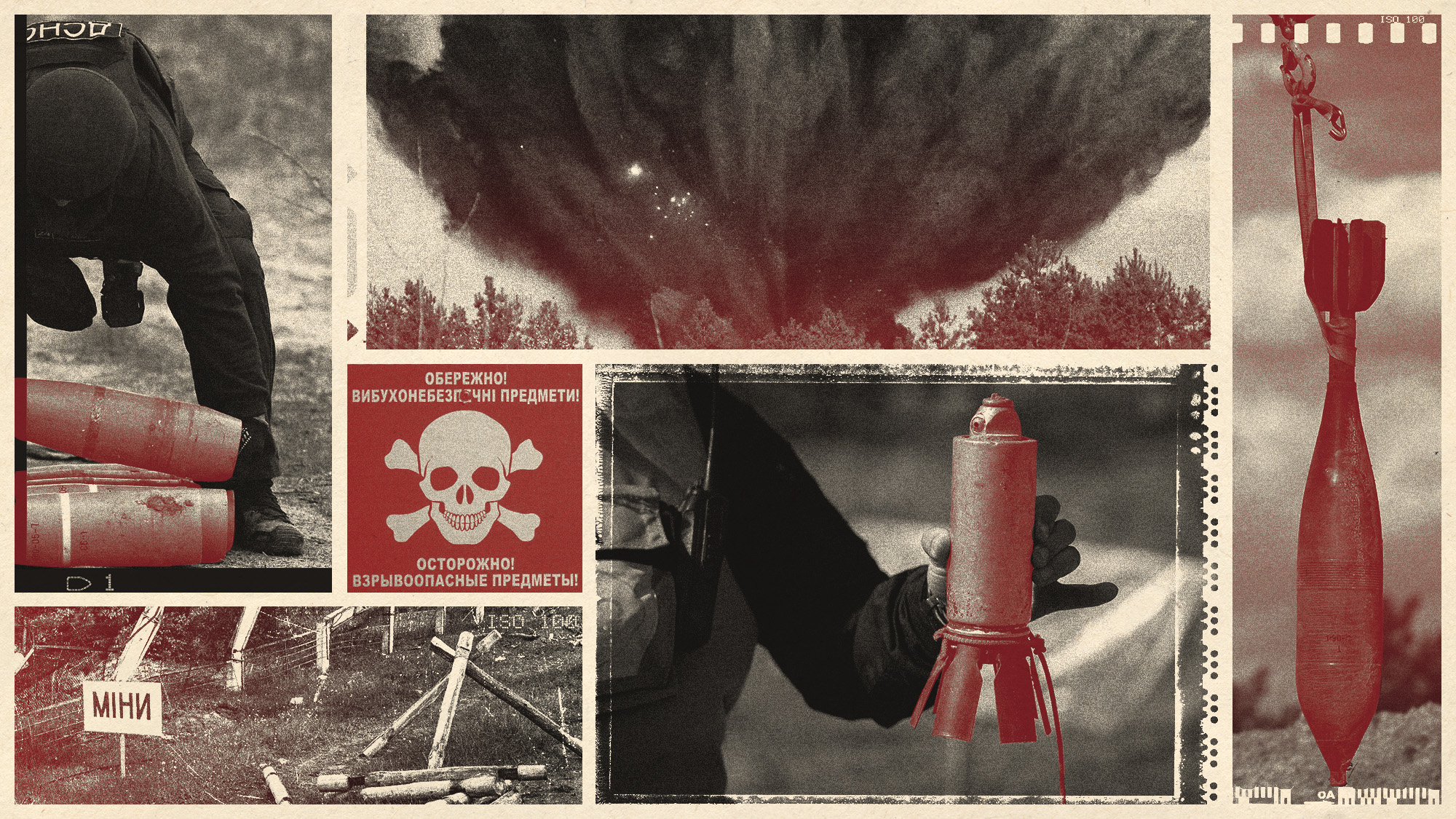 The mission to demine Ukraine
The mission to demine UkraineThe Explainer An estimated quarter of the nation – an area the size of England – is contaminated with landmines and unexploded shells from the war
-
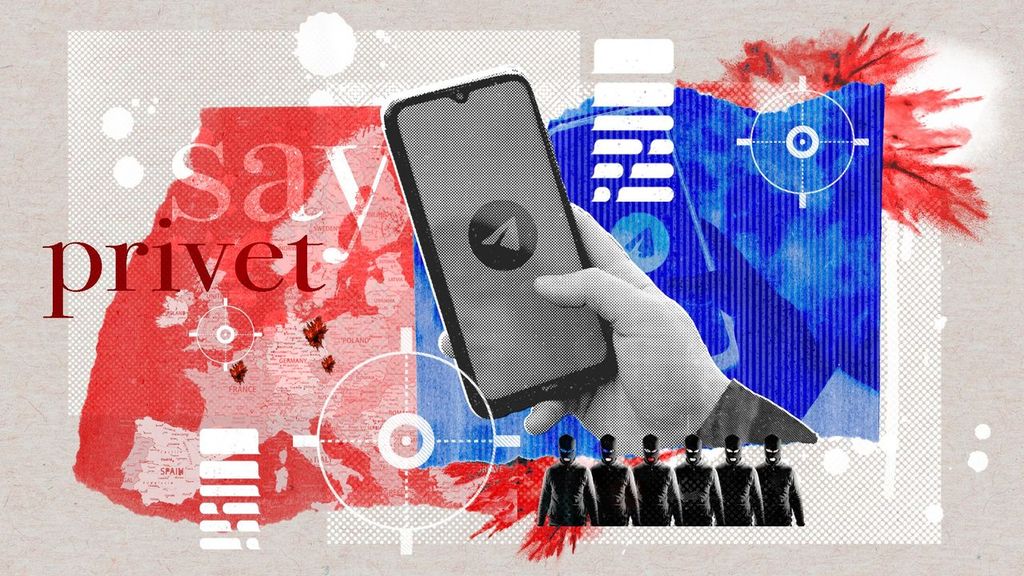 The secret lives of Russian saboteurs
The secret lives of Russian saboteursUnder The Radar Moscow is recruiting criminal agents to sow chaos and fear among its enemies
-
 Is the 'coalition of the willing' going to work?
Is the 'coalition of the willing' going to work?Today's Big Question PM's proposal for UK/French-led peacekeeping force in Ukraine provokes 'hostility' in Moscow and 'derision' in Washington
-
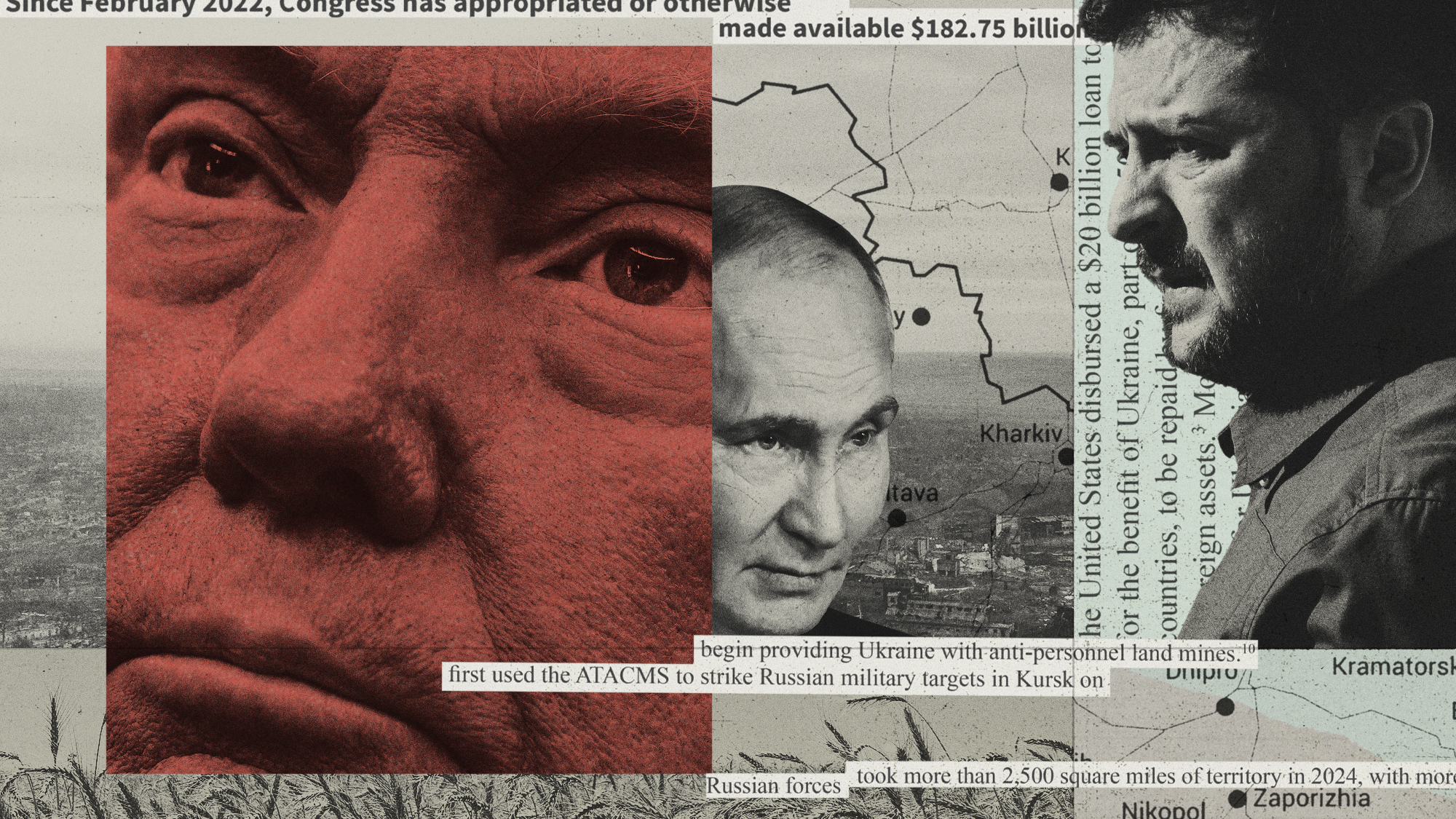 Ukraine: where do Trump's loyalties really lie?
Ukraine: where do Trump's loyalties really lie?Today's Big Question 'Extraordinary pivot' by US president – driven by personal, ideological and strategic factors – has 'upended decades of hawkish foreign policy toward Russia'
-
 What will Trump-Putin Ukraine peace deal look like?
What will Trump-Putin Ukraine peace deal look like?Today's Big Question US president 'blindsides' European and UK leaders, indicating Ukraine must concede seized territory and forget about Nato membership
-
 Ukraine's disappearing army
Ukraine's disappearing armyUnder the Radar Every day unwilling conscripts and disillusioned veterans are fleeing the front
-
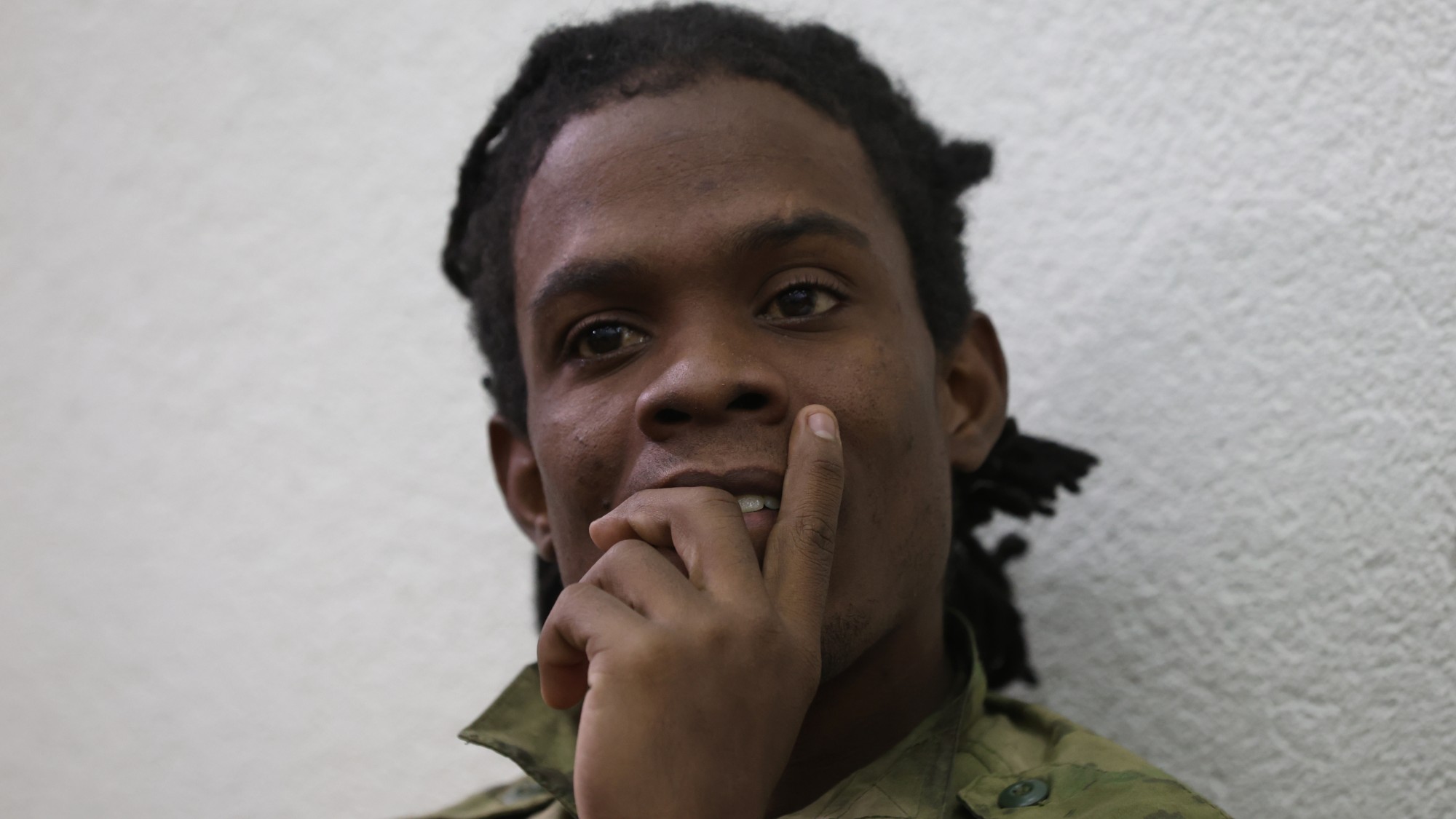 Cuba's mercenaries fighting against Ukraine
Cuba's mercenaries fighting against UkraineThe Explainer Young men lured by high salaries and Russian citizenship to enlist for a year are now trapped on front lines of war indefinitely
-
 Ukraine-Russia: are both sides readying for nuclear war?
Ukraine-Russia: are both sides readying for nuclear war?Today's Big Question Putin changes doctrine to lower threshold for atomic weapons after Ukraine strikes with Western missiles
